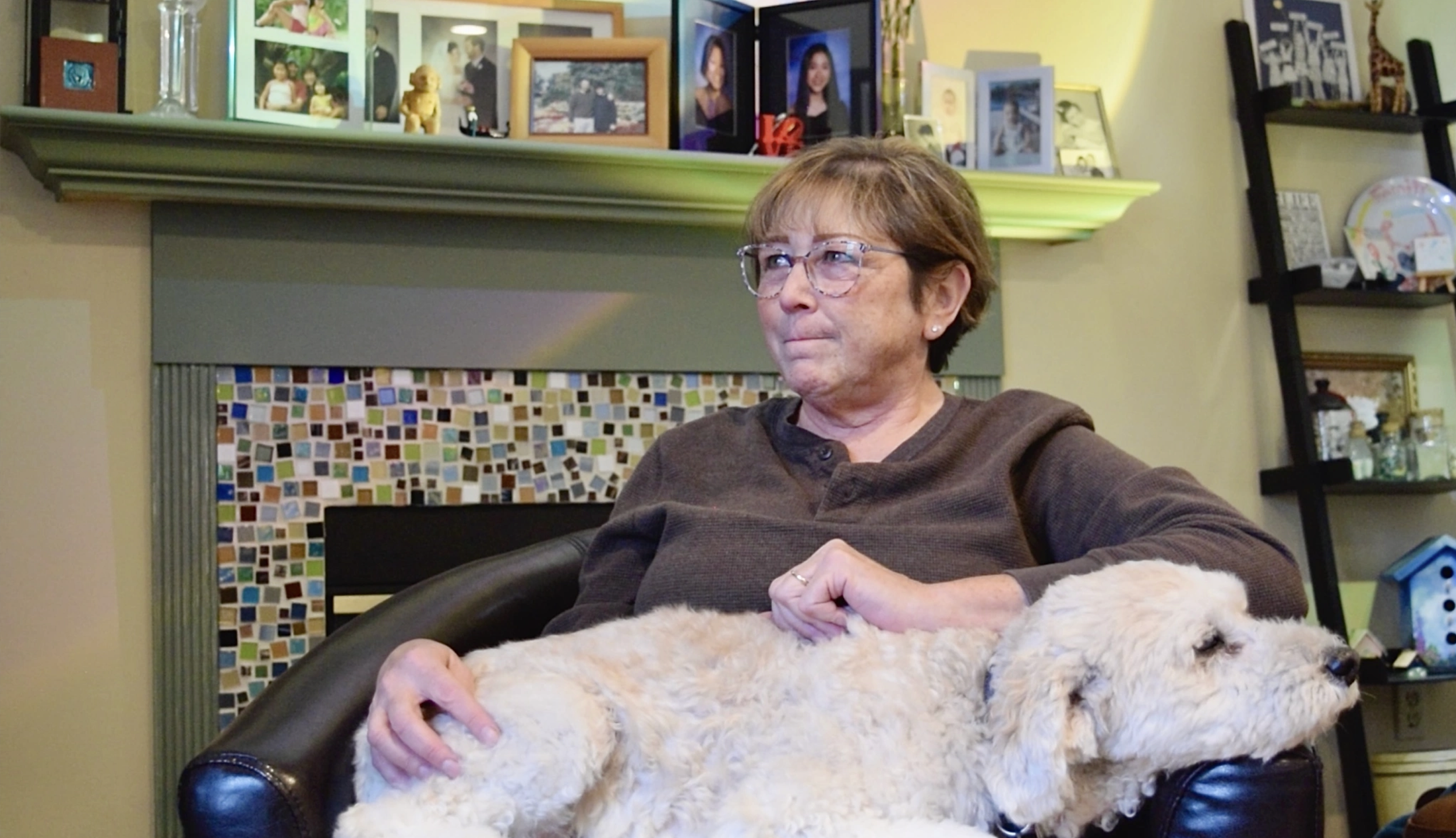
Laid Off Later in Life Documentary
Overview
This short documentary follows a real-life story about getting a job — something almost everyone can relate to but isn’t often visually documented. It explores themes of self-discovery, uncertainty, and the emotional process of career transition.
Objective
To tell a meaningful story about the reality of starting over and the small, often unseen moments that define personal growth and professional reinvention.
Pre-Production
Organization
I outlined the arc with a clear beginning (introducing the subject), middle (exploring challenges and turning points), and end (resolution and reflection). This guided my interview and edit timeline.
Production
The interview was recorded using a Nikon DSLR for video and the Voice Memos app on my iPhone for audio.
For b-roll, I used a combination of iPhone footage and relevant stock clips. Because job searching doesn’t involve many visual “events,” I leaned into more symbolic imagery — hands typing, walking, commuting — to represent movement and mental transitions.
It was difficult at times to come up with purposeful, non-redundant visuals, and I spent a lot of time digging through stock libraries for clips that could carry emotional or thematic weight.
-
Shot in one take.
Built rapport beforehand to make the subject comfortable.
The voice memo captured decent audio, but it made me realize the importance of good mics and planning interview framing better.
-
Filmed both staged and candid moments (e.g., typing, walking, thinking).
Used stock footage to represent abstract parts of the story.
Challenge: Getting visually dynamic shots for something like a job search is tricky — next time, I’d storyboard early.
-
The floor vent noise during a section of the interview was a surprise.
Tried fixing it using EQ and light noise reduction but couldn’t fully remove it without compromising the audio quality for that portion.
I’m aware of it and see it as a learning experience in location sound awareness.
Post Production
Editing Process
Used Premiere Pro to organize and edit the footage.
Cut interview clips to tell a clean, emotional story.
Layered b-roll to break up talking heads and add visual interest.
Audio Mastery
The most transformative part of this project was learning advanced audio techniques.
I learned how to clean, balance, and mix sound to create a cohesive feel.
EQ, compression, and handling imperfections taught me a lot about how powerful sound is in storytelling.
Color & Graphics
Did basic color correction for consistency.
Kept titles minimal and let the story breathe visually.
Final Thoughts
Lessons learned
It taught me to problem-solve in real time, to embrace imperfections as learning opportunities, and to trust my instincts even when things don’t go exactly as planned. Going forward, I’m excited to continue building on this foundation. I’d love to explore motion graphics and sound design, especially for branded content and creative storytelling
What I’d Do Differently Next Time
Plan more creative b-roll ahead of time
Improve interview framing to accommodate better audio recording
Scout for quiet locations (check for vents!)
Use a lav mic or shotgun mic if available
Incorporate more metaphorical or reenacted footage
Storyboard transitions and music moments more intentionally



